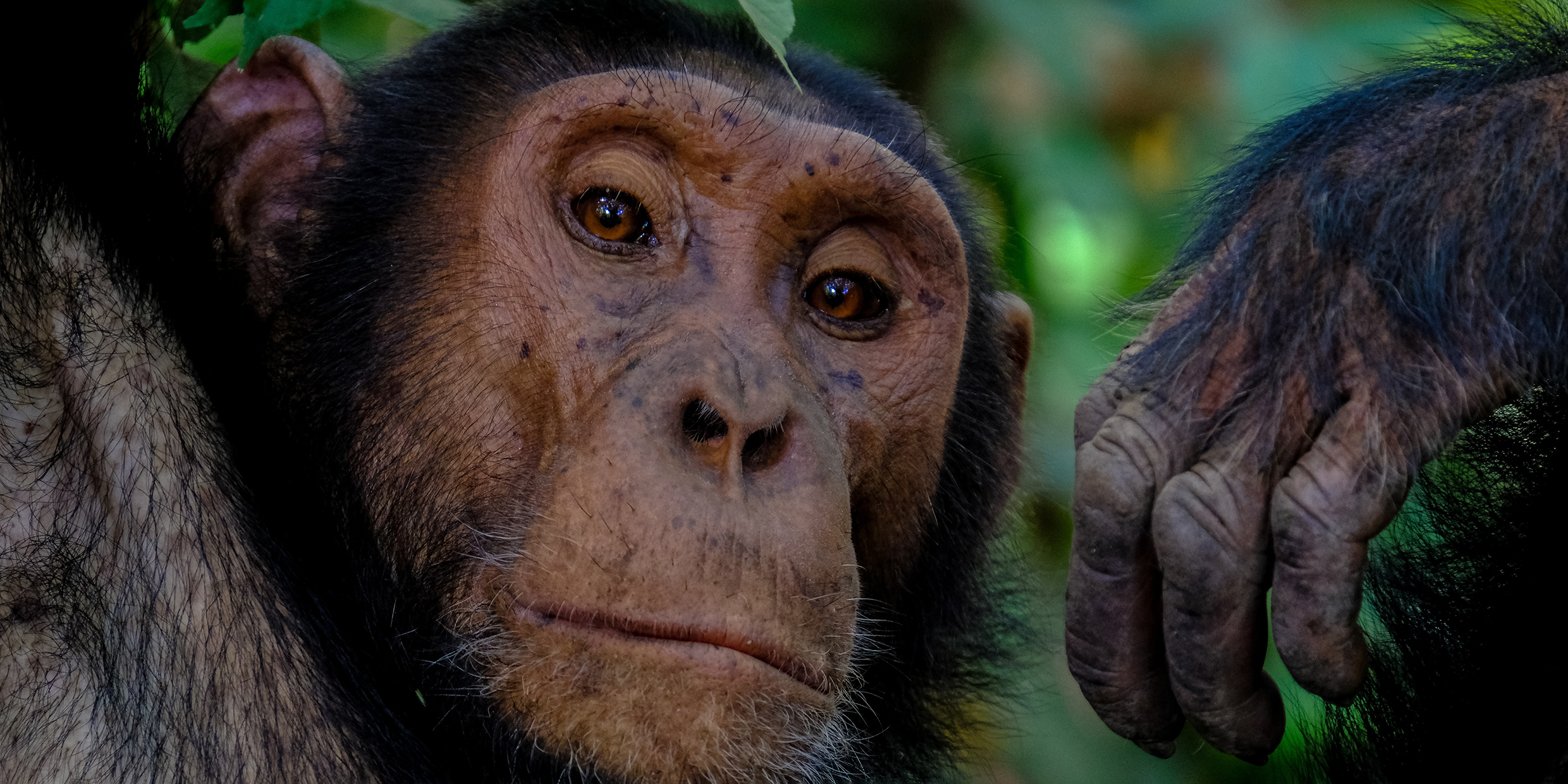Originally published 1 May 2001
Like all kids, my 18-month-old grandchild, Kate, is a fine taxonomist (one who classifies organisms into categories that reflect natural relationships).
Canada geese, mallards, and Beatrice Potter’s Jemima Puddle-Duck are all “quack-quacks.” Scotties, dalmations, and great danes are manifestly “bow-wows.” Two or three stuffed animals, Potter’s Tabitha Twitchit, and half the neighborhood pets are “kitties.”
Even a toddler who can barely talk recognizes that creatures have family relationships.
Kate probably would disagree with professional taxonomists, however, on some categories. She would surely lump eels with snakes, rather than fish. A bat looks more like a birdie than a puppy, although bats and puppies are more closely related, according to biologists. Chimps and orangutans are “monkeys” to Kate, but it would never occur to her to put Mommy and Daddy — or even Grandpa — in the same category (primates, hominoidea). For the professional taxonomist, neither chimps nor orangutans are true monkeys; humans, chimps, and orangutans are apes.
Everyone agrees with Kate that creatures can be grouped into natural patterns, but not even professionals agree what the patterns are. The inventory of living species currently stands somewhere near 2 million. There are almost certainly at least 10 times as many species that have not yet been described and named. The true number of species may be more than 100 million. Finding the “natural” patterns of relationship is a problem of surprising complexity.
Still, biological taxonomists do their best, as they have been trying to do at least since Aristotle. The two biggest breakthroughs are associated with the Swedish biologist Carl von Linne, better known by his Latinized name Linnaeus, and the Englishman Charles Darwin.
Linnaeus proposed a hierarchical system of classification, with small categories, “species,” nesting within larger categories, “genera,” each represented by a Latin name. Since Linnaeus’s day, taxonomists have added more ranks to the hierarchy: species, genus, family, order, class, phylum, kingdom, domain. Life’s diversity can be pictured as a tree, with domains as the major trunks and species as the twigs.
Darwin suggested that the “tree of life” represents descent from a common ancestor. Taxonomy, then, is genealogy. If we can get the creatures grouped correctly, including fossil species, we will have a history of life on Earth.
But it’s not easy. A biologist can spend an entire career working out the relationships within a single genus. For example, there are only four living species of hyenas, but about 70 species are known from the fossil record. How are they related? What was their common ancestor? There are around 65,000 species of weevils, just one family within the beetle order. Who has the audacity to sort the weevils into genera?
Classifying the entirety of life takes a brave taxonomist, indeed.
University of Massachusetts biologist Lynn Margulis and co-author Karlene Schwartz tried it in 1982, in the delightful Five Kingdom: An Illustrated Guide to the Phyla of Life on Earth, still going strong in its third edition. And now British science journalist Colin Tudge has done it again in a book called The Variety of Life: A Survey and a Celebration of All The Creatures That Have Ever Lived (Oxford University Press).
Tudge gives us the great pageant of life, microscopic and macroscopic, living and extinct, unfolding across the pages of his book from the hypothetical bacterial ancestor that mothered us all. The pre-Darwinian view of life as a steady progress from primitive to complex, a “great chain of being” rising ultimately to — you guessed it — us, gives way in Tudge’s account to a magnificent and richly proliferating tree of which humans are a single twig.
Of course, we are an untypical twig. The dazzlingly complex brains that sit atop our spines have changed forever the dynamic of life on Earth. Few other large animals number in the millions, much less billions. We are 6 billion strong and rising, usurping more and more of the planet’s resources for ourselves. There is no way our numbers can continue to increase without ensuring the extinction of many of the marvelous creatures cataloged in Tudge’s book.
Taxonomy is not just an idle exercise. It is an indispensable tool for thinking. One cannot browse Tudge’s book without rethinking what it means to be human, and without thinking more deeply about the importance of caring for the world we have inherited. The Book of Job had it long ago: “Ask now the beasts, and they shall teach thee; and the fowls of the air, and they shall tell thee.”
My granddaughter, Kate, and the professional biologists might not see eye to eye on the details of taxonomy. After all, Kate has her primary categories from the cuddly creaturedom of Beatrix Potter. But Potter, who was herself a fine natural scientist and a specialist on fungi, would have delighted in Tudge’s book, and I hope that someday Kate will, too.



